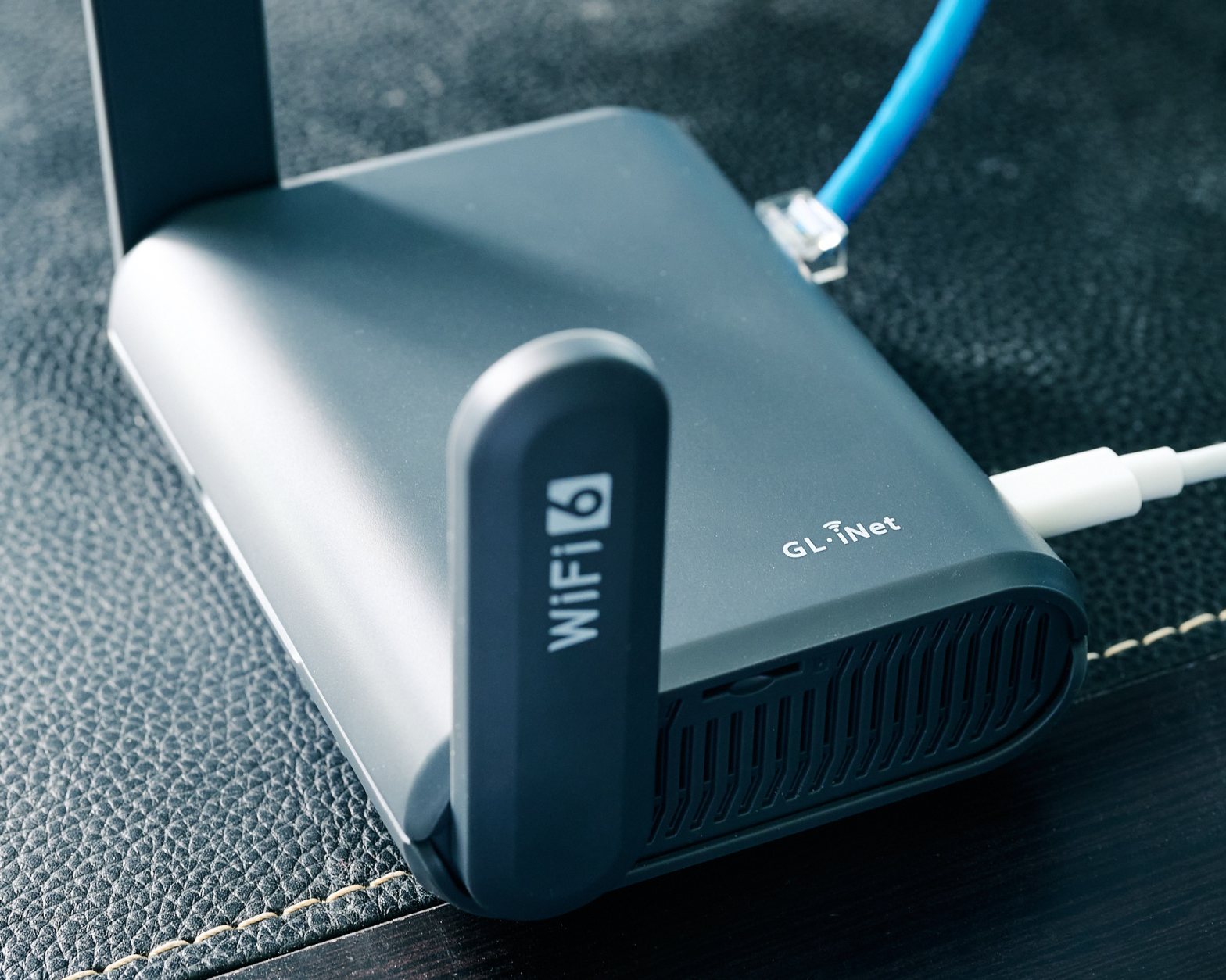In this brief WLPC Phoenix talk I presented some surprising real-world data gathered from 7SIGNAL Sapphire Eye and Mobile Eye on the major new features in Wi-Fi 6, 1024 QAM, OFDMA, and 6 GHz.
7SIGNAL Webinar: Enough FUD, Public Wi-Fi is Safe
In this 7SIGNAL webinar I shared my opinions on the current security situation with public/guest Wi-Fi. Many of the problems from years ago are mostly resolved, all without much change in how guest Wi-Fi is deployed today. How can that be? Watch to find out.
A Review of the GL.iNet Slate AX Travel Router
As a wireless engineer who spends a good amount of time on the road for work and family trips, I’m often unhappy with the quality of the Wi-Fi in hotels, Airbnb’s, and shared workspaces I find myself in. In many of those places, deploying my own AP is a good solution when I can do so without disrupting the existing network. I also like plugging in my own AP and knowing all my devices and those of the people traveling with me will have secure connectivity as soon as its up and running. And I can plug a Chromecast into a nearby TV and it will just work too.
So for a couple years, I’ve carried a small wireless travel router from tp-link with me, the TL-WR902AC. While the tp-link router gets the job done, it doesn’t have the more advanced features I’d prefer.
Enter the GL.iNet Slate AX (GL-AXT1800), which I purchased myself and have been using for the past few weeks (no, this not a sponsored post). This new travel router is bigger than the tp-link router, but it has an impressive list of useful features that have made my life on the road easier since I’ve owned it.
Some standout features…
- 802.11ax 2×2:2 2.4 GHz radio
- 802.11ax 2×2:2 5 GHz radio
- Static channel, channel width, and Tx power assignment
- 5 GHz DFS channels (this is great!)
- WPA3
- 802.11k/v/r/w/p support (Do you even know what 802.11p is?)
- Supported/basic data rate management
- Enable/disable MU-MIMO
- Static BSS Color assignment
- Router/AP/repeater modes
- IPv6 support including RA and DHCPv6 client/server/prefix delegation
- AdGuard Home built-in for encrypted and filtered DNS
- Support for 30+ VPN services
- USB-C powered
- USB-A port (perfect for powering a Chromecast)
Some of those more advanced Wi-Fi things, like 802.11k, MU-MIMO, data rate configuration, and BSS Color assignment can only be managed in the OpenWRT CLI, but its a pretty straightforward config if you don’t mind tinkering. You probably don’t if anything on that list looks appealing!
Once I had everything just right, it became fairly plug-n-pay when I’m on the road. The options that normally need changed I can manage quickly with the glinet smartphone app. That includes selecting an appropriate channel, channel width, and Tx power, or changing the AP/router/repeater mode if necessary.
If you find yourself interested in a travel router with a lot of wireless nerd knobs, check out what GL.iNet has to offer.

